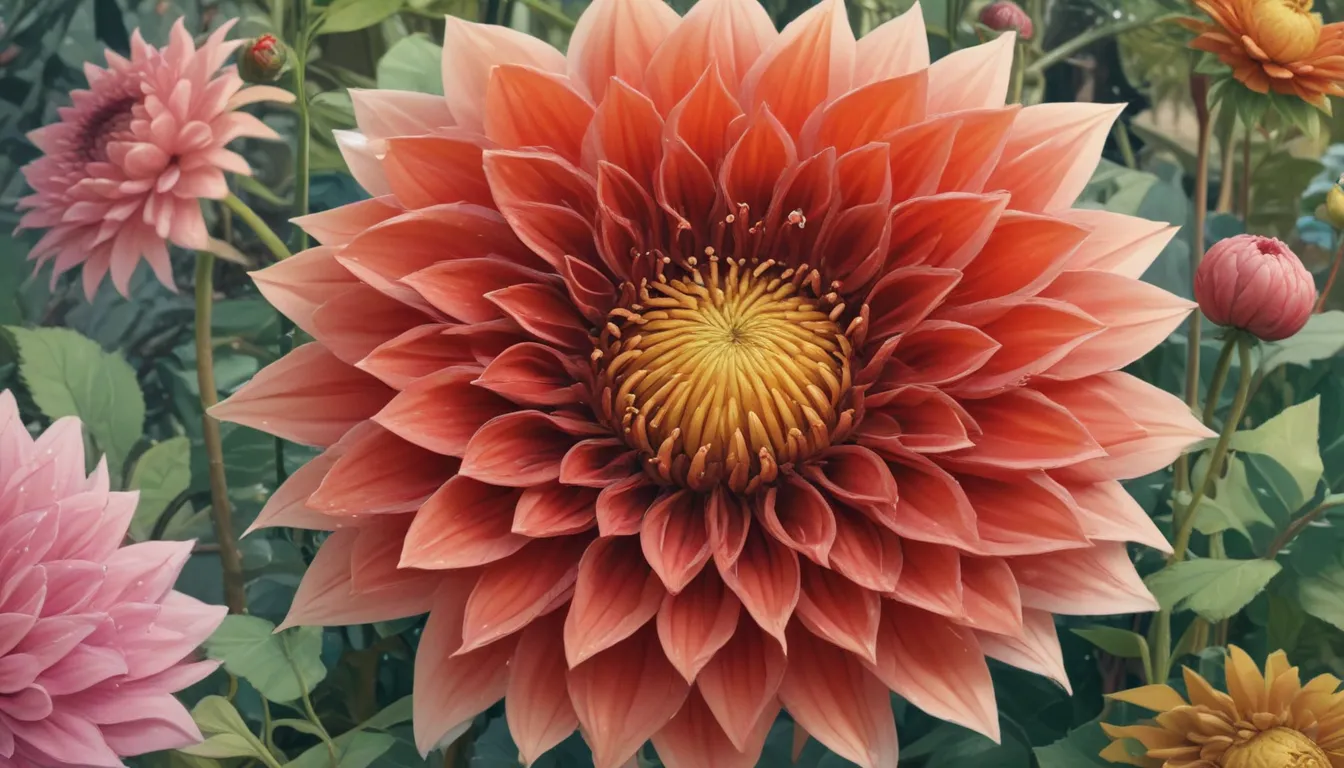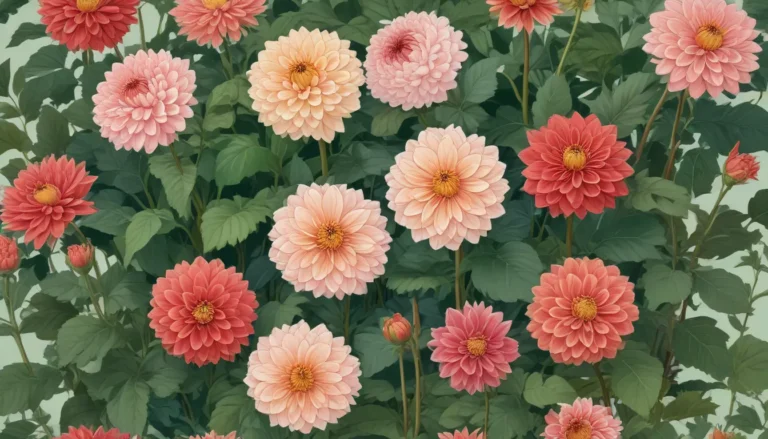Identifying and Managing Dahlia Mosaic Virus: A Comprehensive Guide

Growing beautiful dahlias in your garden can be a rewarding experience. However, these vibrant flowers are susceptible to various diseases that can affect their growth and appearance. One common problem that dahlia growers may encounter is the dahlia mosaic virus (DMV).
In this comprehensive guide, we will explore everything you need to know about identifying and managing the dahlia mosaic virus to ensure the health and vitality of your dahlia plants.
Understanding Dahlia Mosaic Virus
Dahlia mosaic virus, caused by the pathogen Caulimovirus dahliae, is a serious threat to dahlias. This DNA virus infects dahlias and relies on live plants as hosts, making it a significant concern for gardeners.
There are several strains of dahlia mosaic virus, including DMV-D10, DMV-Holland, DMV-Portland, and dahlia common mosaic virus (DCMV). These strains can infect a single plant simultaneously, leading to a variety of symptoms.
Identifying Dahlia Mosaic Virus
Detecting the presence of dahlia mosaic virus can be challenging due to the wide range of symptoms it can cause. Some common signs of infection include stunted growth, leaf discoloration, mosaic patterns on foliage, chlorosis, vein clearing, vein banding, flower discoloration, distorted growth, and necrotic lesions.
If you suspect that your dahlia plants are infected with a virus, it is essential to seek professional help. Sending a sample to your local extension office or diagnostic lab for testing can help confirm the presence of dahlia mosaic virus and determine the appropriate course of action.
Biology and Life Cycle
The dahlia mosaic virus is often transmitted by aphids and thrips, common garden pests that carry the virus as they feed on infected plants. The virus can also be spread through infected seeds or tubers, emphasizing the importance of purchasing plants from reputable sources.
Once the virus infects a plant, it reproduces and spreads to other hosts through various means. By understanding the biology and life cycle of the virus, gardeners can take proactive measures to prevent its spread.
Organic Control Methods
Controlling the spread of dahlia mosaic virus is crucial since there is no cure for this disease. Implementing organic control methods can help limit its impact on your dahlia plants. Here are some effective strategies:
- Clean Your Tools: Always clean your gardening tools between plants to prevent the spread of the virus.
- Biological Control: Introducing predatory mites, green lacewings, assassin bugs, and minute pirate bugs can help control aphid and thrips populations naturally.
- Organic Pesticides: Using insecticidal soap early in the growing season can help reduce aphid and thrip populations without harming beneficial insects.
Management Strategies
If you suspect that your dahlia plants are infected with the mosaic virus, consider the following management strategies:
- Remove Infected Plants: Remove infected plants to prevent the spread of the virus to healthy plants.
- Avoid Propagation: Do not propagate seeds or tubers from infected plants to prevent the spread of the virus.
- Use Row Covers: Protect your dahlias from aphids by using floating row covers to prevent infestation.
Seeking Professional Help
If you are unsure about the health of your dahlia plants or suspect a virus infection, do not hesitate to seek help from local extension offices or diagnostic labs. They can provide valuable guidance and assistance in identifying and managing plant diseases.
Conclusion
While dealing with the dahlia mosaic virus can be challenging, implementing proactive measures and seeking professional help can help safeguard your dahlia plants from infection. By understanding the symptoms, biology, and management strategies for this virus, you can protect your garden and enjoy the beauty of your dahlias for years to come.
Have you encountered the dahlia mosaic virus in your garden? Share your experiences and tips in the comments to help other gardeners facing similar challenges. Remember, early detection and proactive management are key to preserving the health and vitality of your dahlia plants.





